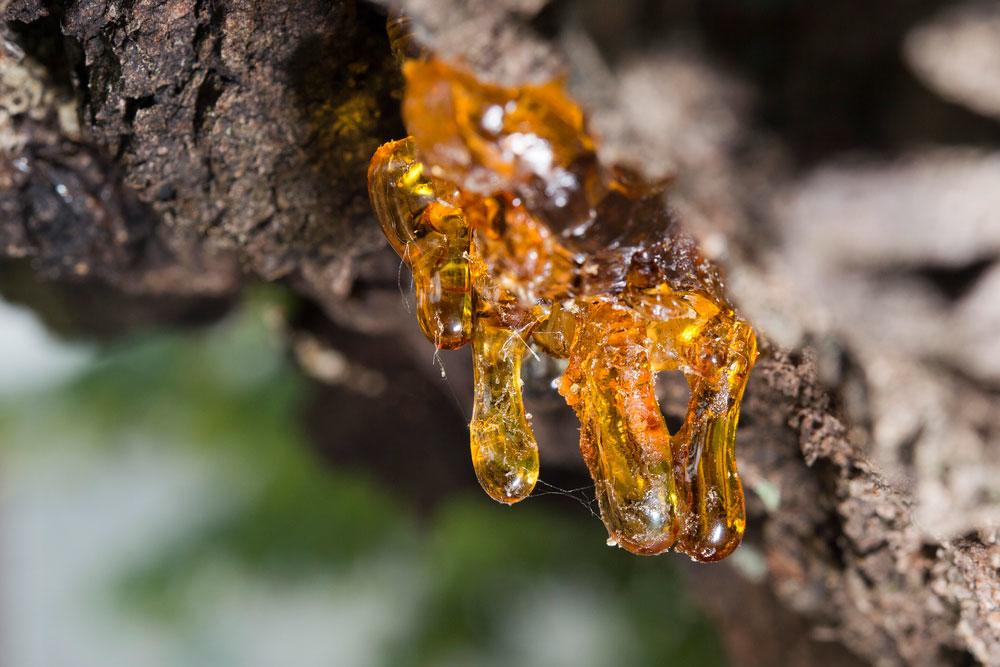In the realm of aromatherapy, plant resins stand as aromatic treasures, offering a captivating blend of natural scents and therapeutic properties. From the depths of ancient forests to the apothecaries of modern times, these resins have been revered for their ability to soothe the mind, heal the body, and elevate the spirit.
In this comprehensive guide, we delve into the fascinating world of plant resins used in aromatherapy. We explore their diverse origins, unique characteristics, and the myriad ways they can enhance our well-being. Join us on a fragrant journey as we uncover the secrets of these aromatic gems.
Types of Plant Resins Used in Aromatherapy

Plant resins, prized for their distinct fragrances and therapeutic properties, play a significant role in aromatherapy. Derived from various botanical sources, these resins offer a diverse range of characteristics and benefits.
Frankincense
- Botanical Name: Boswellia sacra
- Origin:Somalia, Oman, Yemen
- Characteristics:Warm, spicy, earthy aroma with notes of citrus and wood
- Properties:Anti-inflammatory, antimicrobial, analgesic, mood-boosting
- Benefits:Reduces stress and anxiety, supports immune function, promotes skin health
Myrrh
- Botanical Name: Commiphora myrrha
- Origin:Yemen, Oman, Ethiopia
- Characteristics:Rich, balsamic aroma with hints of bitterness and spice
- Properties:Antibacterial, antifungal, expectorant, wound-healing
- Benefits:Supports oral health, improves digestion, strengthens the immune system
Benzoin
- Botanical Name: Styrax benzoin
- Origin:Indonesia, Thailand, Malaysia
- Characteristics:Sweet, balsamic aroma with notes of vanilla and cinnamon
- Properties:Antiseptic, expectorant, anti-inflammatory, mood-elevating
- Benefits:Soothes respiratory ailments, reduces stress and anxiety, promotes relaxation
Copal
- Botanical Name: Protium copal
- Origin:Mexico, Guatemala, Nicaragua
- Characteristics:Fresh, citrusy aroma with hints of pine and amber
- Properties:Antidepressant, energizing, cleansing, grounding
- Benefits:Boosts mood, improves concentration, enhances spiritual awareness
Elemi
- Botanical Name: Canarium luzonicum
- Origin:Philippines, Indonesia, Malaysia
- Characteristics:Spicy, peppery aroma with notes of citrus and camphor
- Properties:Antiseptic, analgesic, expectorant, anti-inflammatory
- Benefits:Soothes respiratory ailments, reduces pain and inflammation, promotes wound healing
Aromatherapy Applications of Plant Resins

Plant resins find diverse applications in aromatherapy, offering various methods to harness their therapeutic benefits. Inhalation, topical application, and indirect inhalation through steam or saunas are some of the most common techniques.
Inhalation through Diffusers or Burners
Inhalation through diffusers or burners is a popular method for dispersing plant resins’ aromatic compounds into the air. By adding a few drops of resin to a diffuser or burner, the heat or ultrasonic vibrations release the volatile molecules, creating an aromatic atmosphere.
Inhaling these aromatic compounds can promote relaxation, reduce stress, and improve overall well-being.
Topical Application in Blends or Carrier Oils
Topical application involves diluting plant resins in a carrier oil or blending them with other essential oils to create therapeutic blends. These blends can be applied to the skin for various purposes, such as reducing inflammation, promoting wound healing, and alleviating muscle pain.
The carrier oil helps dilute the resin’s potency, making it safe for topical use.
Indirect Inhalation through Steam or Saunas
Indirect inhalation through steam or saunas is another effective way to benefit from plant resins. Adding a few drops of resin to a steam bath or sauna creates a fragrant steam that can be inhaled. This method allows the resin’s volatile compounds to penetrate the respiratory system, promoting relaxation, clearing congestion, and easing respiratory discomfort.
Therapeutic Benefits of Plant Resins
Plant resins are renowned for their therapeutic properties, offering a range of potential benefits for various ailments.
Their unique chemical composition and volatile compounds contribute to their efficacy in addressing conditions such as stress, sleep disturbances, respiratory issues, and skin health concerns.
Stress and Anxiety Relief
- Plant resins possess calming and sedative effects, helping to alleviate stress and anxiety.
- They promote relaxation by reducing cortisol levels, a hormone associated with stress.
- Their soothing properties can help calm the mind, promote mental clarity, and enhance emotional balance.
Improved Sleep Quality
- Plant resins have sleep-inducing properties that can help improve sleep quality.
- They promote relaxation and reduce stress, creating a conducive environment for restful sleep.
- Their sedative effects can help reduce sleep latency, the time it takes to fall asleep.
Respiratory Support
- Plant resins exhibit expectorant and decongestant properties, aiding in the clearing of mucus and congestion.
- They help alleviate respiratory ailments such as coughs, colds, and bronchitis.
- Their anti-inflammatory effects can reduce airway inflammation, improving breathing.
Skin Health and Wound Healing
- Plant resins possess antimicrobial and antiseptic properties, helping to protect the skin from infections.
- They promote wound healing by stimulating cell regeneration and reducing inflammation.
- Their astringent qualities can help tighten the skin and reduce wrinkles.
Safety Considerations for Using Plant Resins
Incorporating plant resins into aromatherapy can be a rewarding experience, but it’s crucial to prioritize safety measures to minimize potential risks. Understanding proper usage guidelines, potential interactions, and precautions is essential for a safe and beneficial experience.
Potential for Allergic Reactions or Skin Irritation
- Some individuals may have allergic reactions to specific plant resins. It’s recommended to conduct a patch test on a small area of skin before widespread use.
- Plant resins can cause skin irritation or contact dermatitis in some cases. Diluting resins with carrier oils or using them in low concentrations can reduce the risk of irritation.
Safe Dosage and Usage Guidelines
- Follow the recommended dosage guidelines for each specific resin. Overuse can increase the risk of adverse effects.
- Avoid using plant resins directly on the skin without diluting them first. Mixing them with carrier oils or other skincare products ensures safe application.
- Inhale plant resin essential oils in moderation. Prolonged or excessive inhalation can lead to respiratory irritation.
Interactions with Other Medications or Supplements
- Certain plant resins may interact with specific medications or supplements, potentially altering their effectiveness or causing adverse effects.
- It’s important to consult with a healthcare professional before using plant resins in aromatherapy if you are taking any medications or supplements.
- Some plant resins may interact with blood thinners, anticoagulants, or anticonvulsants.
Blending and Formulating with Plant Resins
Incorporating plant resins into your aromatherapy practice allows for a more profound and personalized experience. By blending resins with essential oils or carrier oils, you can create custom formulations tailored to your specific therapeutic needs. Experimenting with different combinations and ratios opens up a world of possibilities.
For effective blending, start by considering the therapeutic properties of each resin and essential oil. Resins like frankincense and myrrh are renowned for their grounding and spiritual qualities, while oils like lavender and chamomile promote relaxation and sleep. Combining resins with complementary essential oils enhances their therapeutic effects, creating synergistic blends.
Formulating Methods
Once you have chosen your desired blend, you can formulate it into various products for convenient use. Here are some popular methods:
- Inhalers:Create portable inhalers by adding a few drops of your blend to a cotton ball or diffuser stick. Inhale deeply to experience the aromatic benefits.
- Roll-ons:Dilute your blend in a carrier oil, such as jojoba or coconut oil, and apply it topically to pulse points or areas of discomfort.
- Bath salts:Combine your blend with Epsom salts or sea salt to create aromatic and therapeutic bath soaks. Relax and unwind as the scents permeate the air.
End of Discussion
As we conclude our exploration of plant resins in aromatherapy, we are left with a profound appreciation for their versatility and therapeutic power. These aromatic treasures have stood the test of time, offering solace, healing, and rejuvenation to generations past and present.
Whether diffused into the air, applied topically, or inhaled through steam, plant resins continue to enchant and inspire us with their ability to connect us with nature and promote our overall well-being.